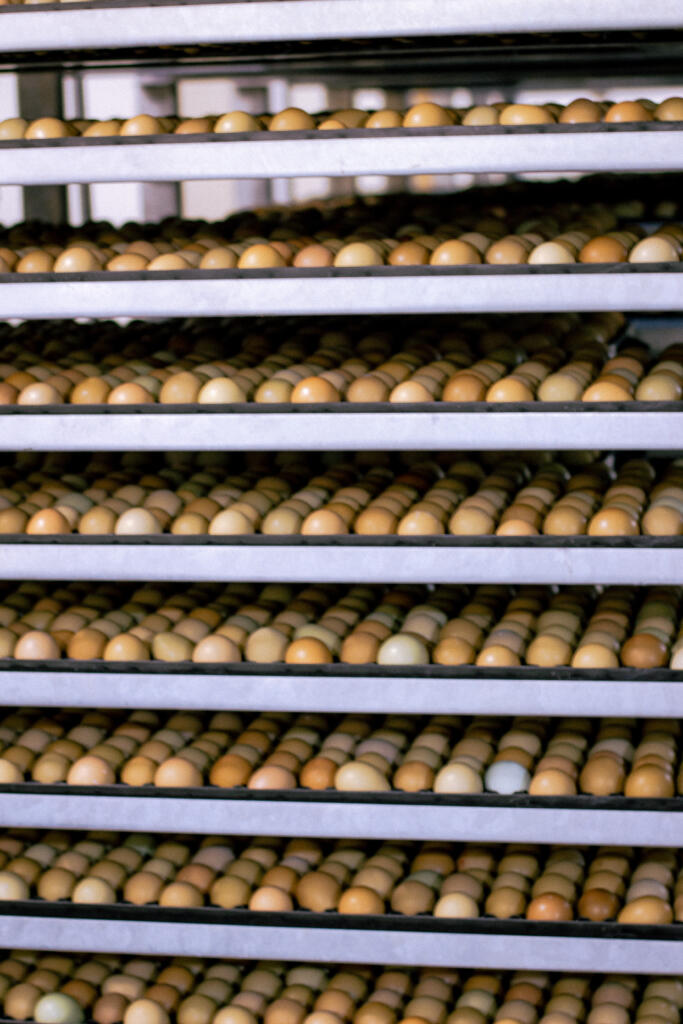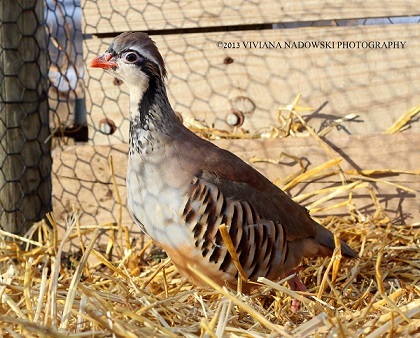Birds On Top of Birds: Preventing Piling with Partridge Chicks
 Partridges can pile plenty, and that’s a fact, Jack. MacFarlane Pheasants raises a number of partridge varieties every year, including French Redleg, Hungarian, Chukar, and Chukar/Redleg Cross partridges. And we raise a lot: up to 12,000 at a time. But these small birds have their own host of issues that make them more challenging to raise than our pheasant chicks. The biggest issue with partridges and partridge chicks is piling, and we’ve learned a few practical strategies on how to deal with it.
Partridges can pile plenty, and that’s a fact, Jack. MacFarlane Pheasants raises a number of partridge varieties every year, including French Redleg, Hungarian, Chukar, and Chukar/Redleg Cross partridges. And we raise a lot: up to 12,000 at a time. But these small birds have their own host of issues that make them more challenging to raise than our pheasant chicks. The biggest issue with partridges and partridge chicks is piling, and we’ve learned a few practical strategies on how to deal with it.
Pheasant and partridge chicks can both pile, or climb on top of each other in a panic until the lower birds suffocate. One reason they can do this is if the temperature is too hot or too cold. (Some of our previous posts deal with how to know when the heat is sufficient, and how to know when it’s not.) Ensuring that the birds are evenly ringed around the heat source should be your first concern, which is even more critical with partridge chicks.
Another way to prevent piling with partridge chicks is to keep to a routine. If our staff walks the brooding room from the left to the right, or counterclockwise, they walk that direction every time. When MacFarlane employees vary their established pattern—as simply walking a different direction—the birds can pile. It happens fast, in as little as 10 minutes. For that reason, when employees must deviate from routines—we had a feed spill recently that had to be cleaned up inside their room—employees work in pairs. One will address the issue, and one or more will systematically walk around the pen, shooing the birds from the corners where they could pile.
Partridges have a reputation with MacFarlane employees for being tricky to raise if you’re not careful. Our employees talk of being “on your guard,” and describe the birds as finicky. Approaching these birds with a measure of care is essential. We are careful, and we’ve got the raising of partridges down to a science. Our first flock is in the brooding room now, cared for by our experienced staff so they’re ready for your fall hunts. Place your orders now by visiting us today at Pheasant.com.
Related Posts
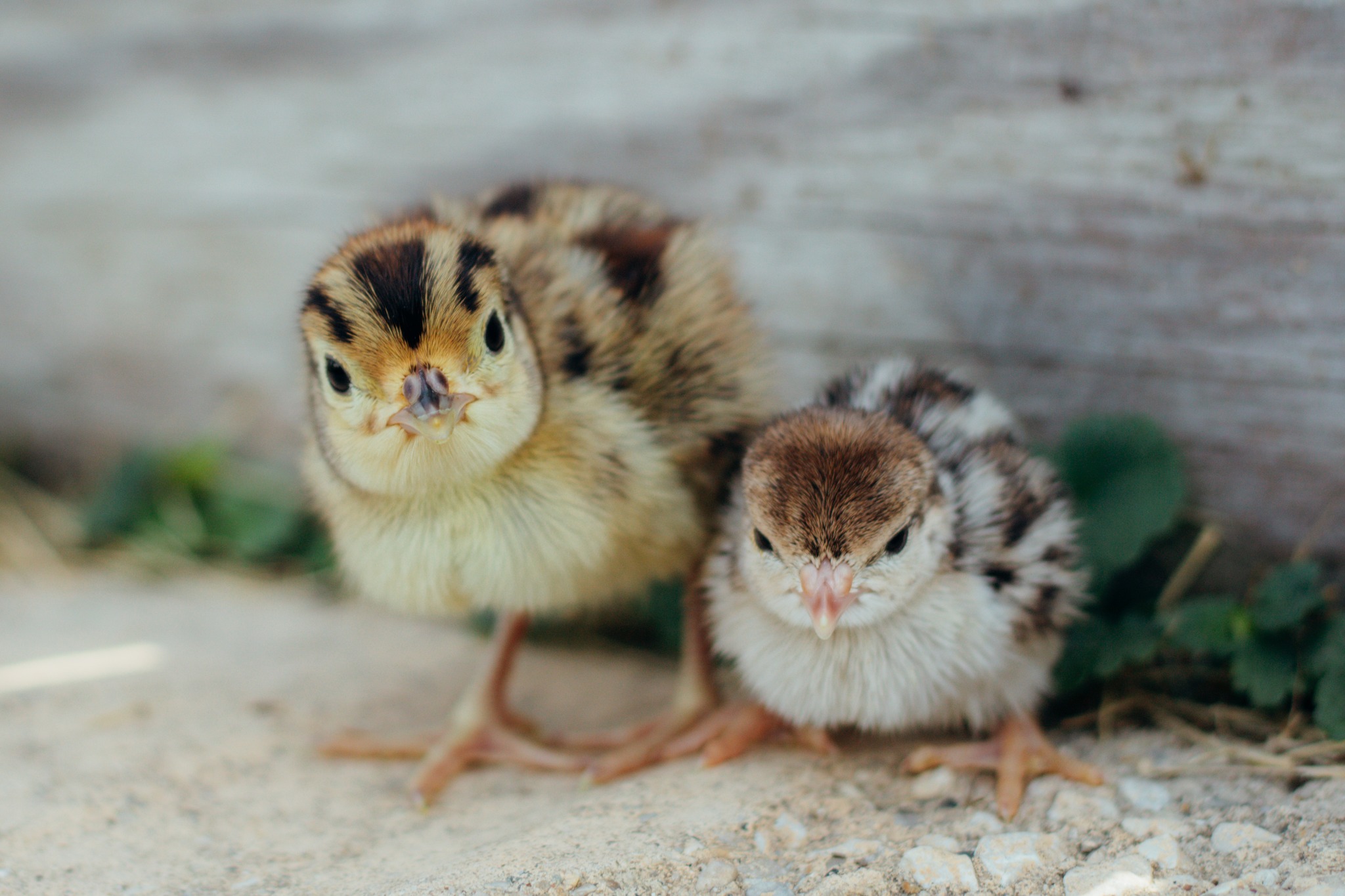
Shipping Chicks Safely During Cold Weather Months
Read Post
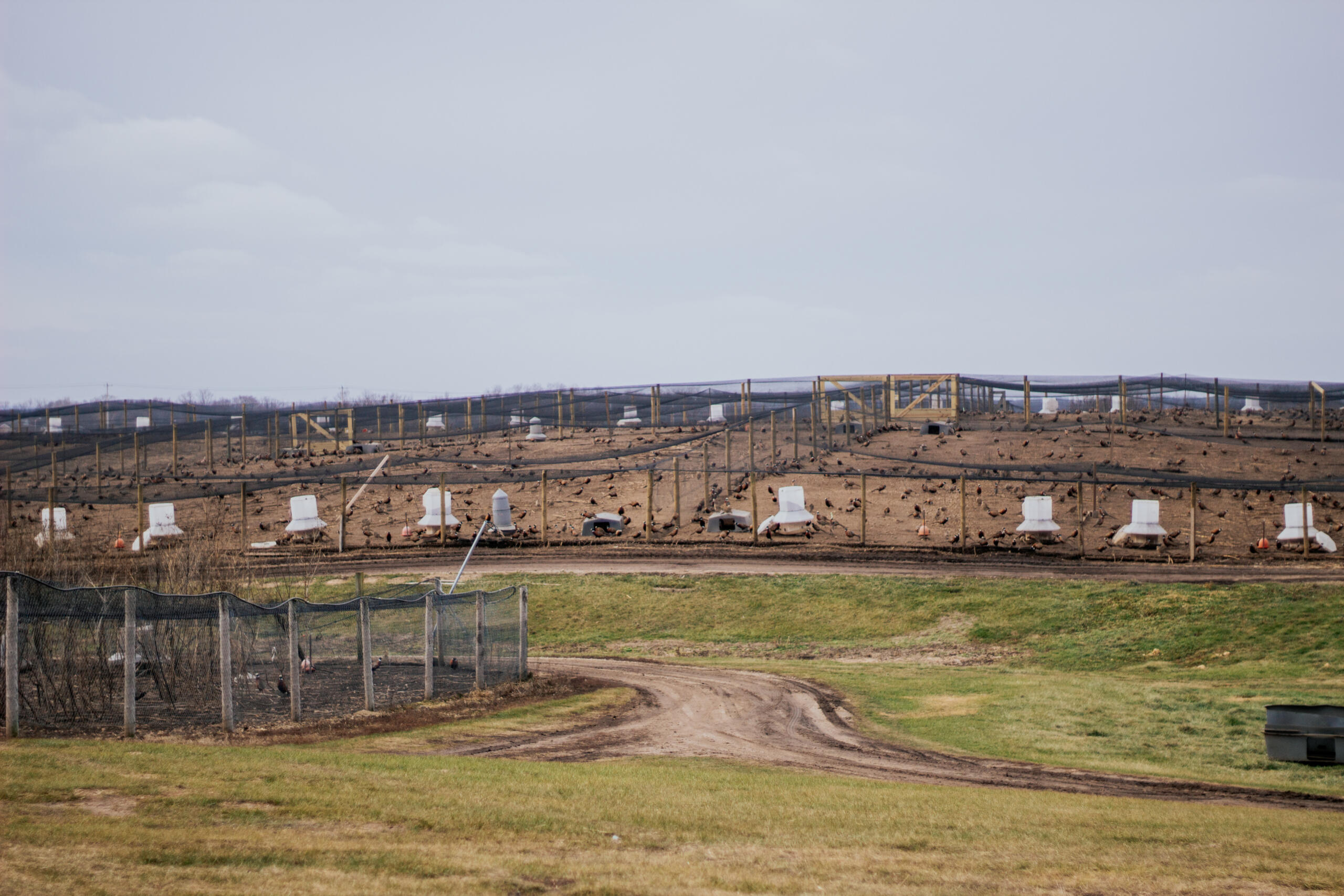
Preparing Our Barns & Pens Each Spring
Read Post
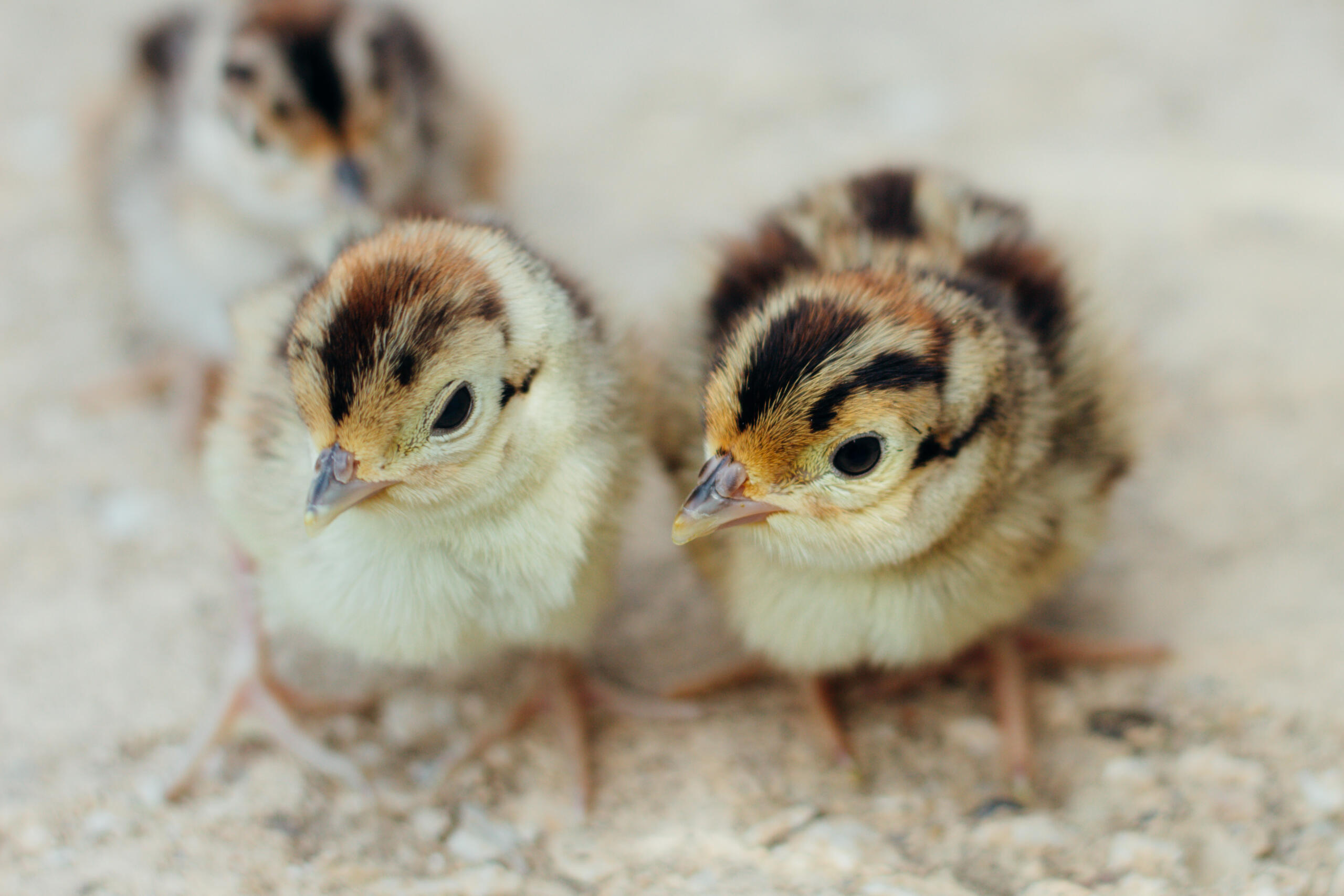
A Comparison of Hatch Data Between Two Different Genetic Types of Pheasants
Read Post

Hatchery News at MacFarlane Pheasants
Read Post
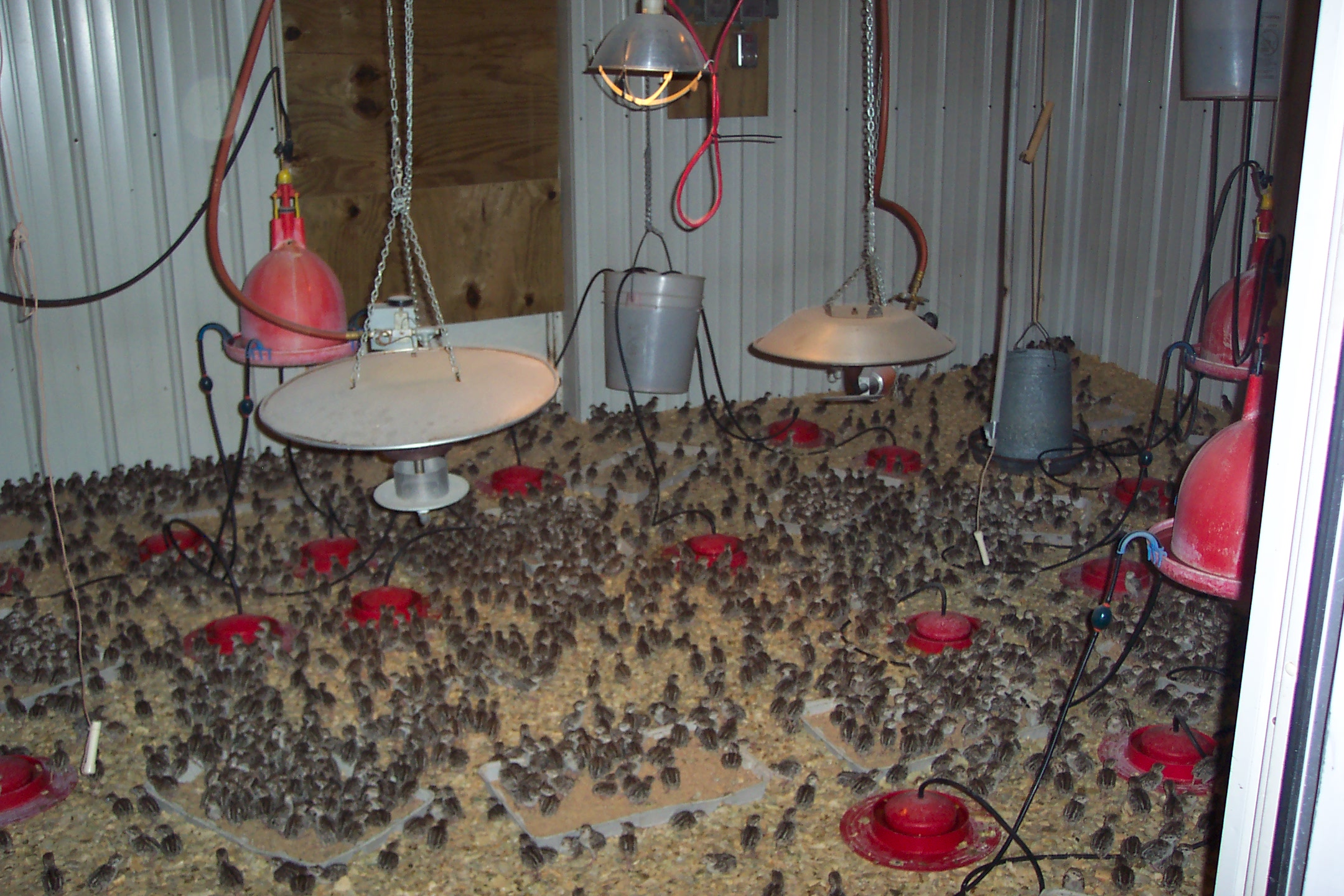
How We Prepare For Brooding Our Chicks
Read Post
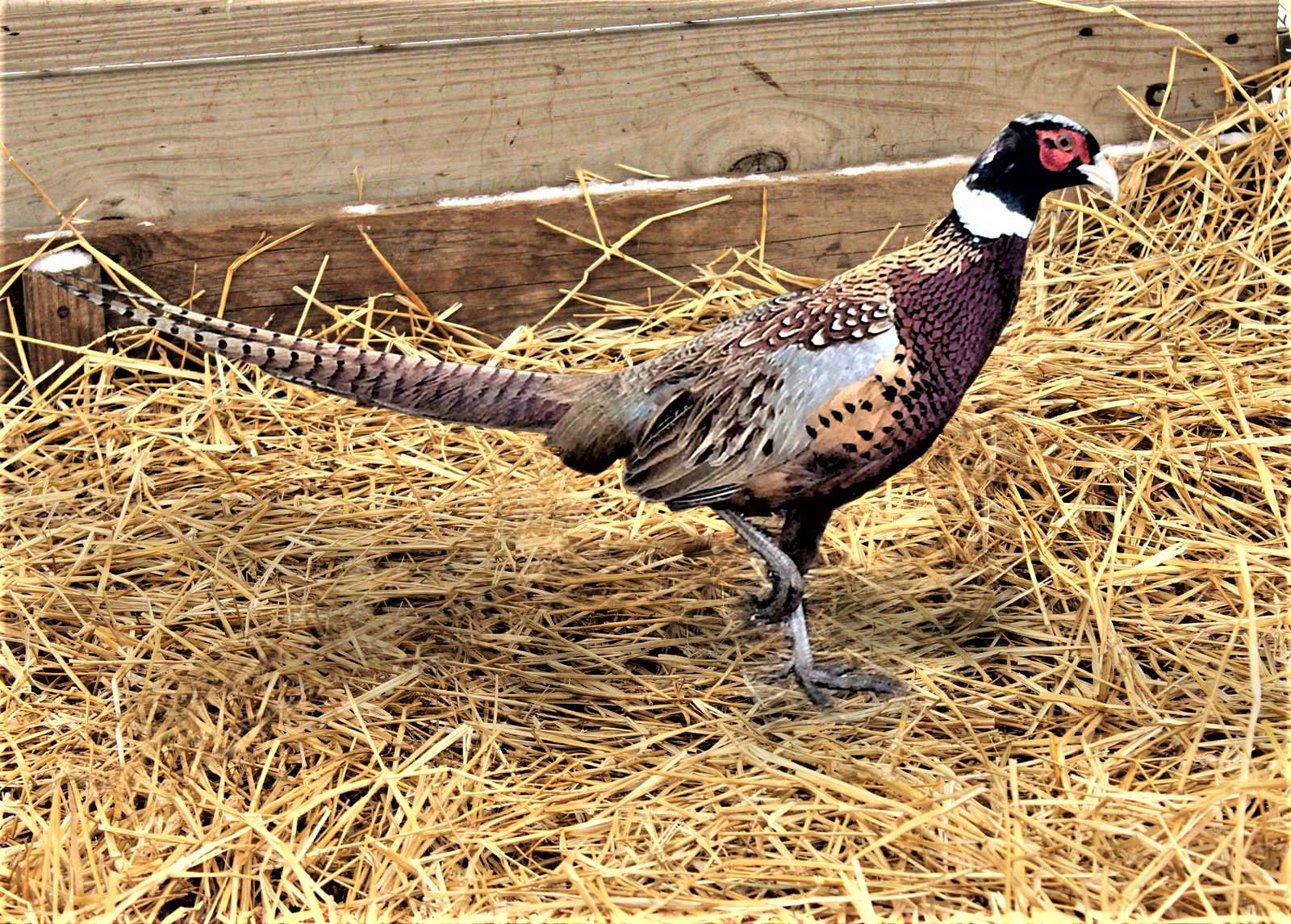
Our Milton Farm in 2024!
Read Post
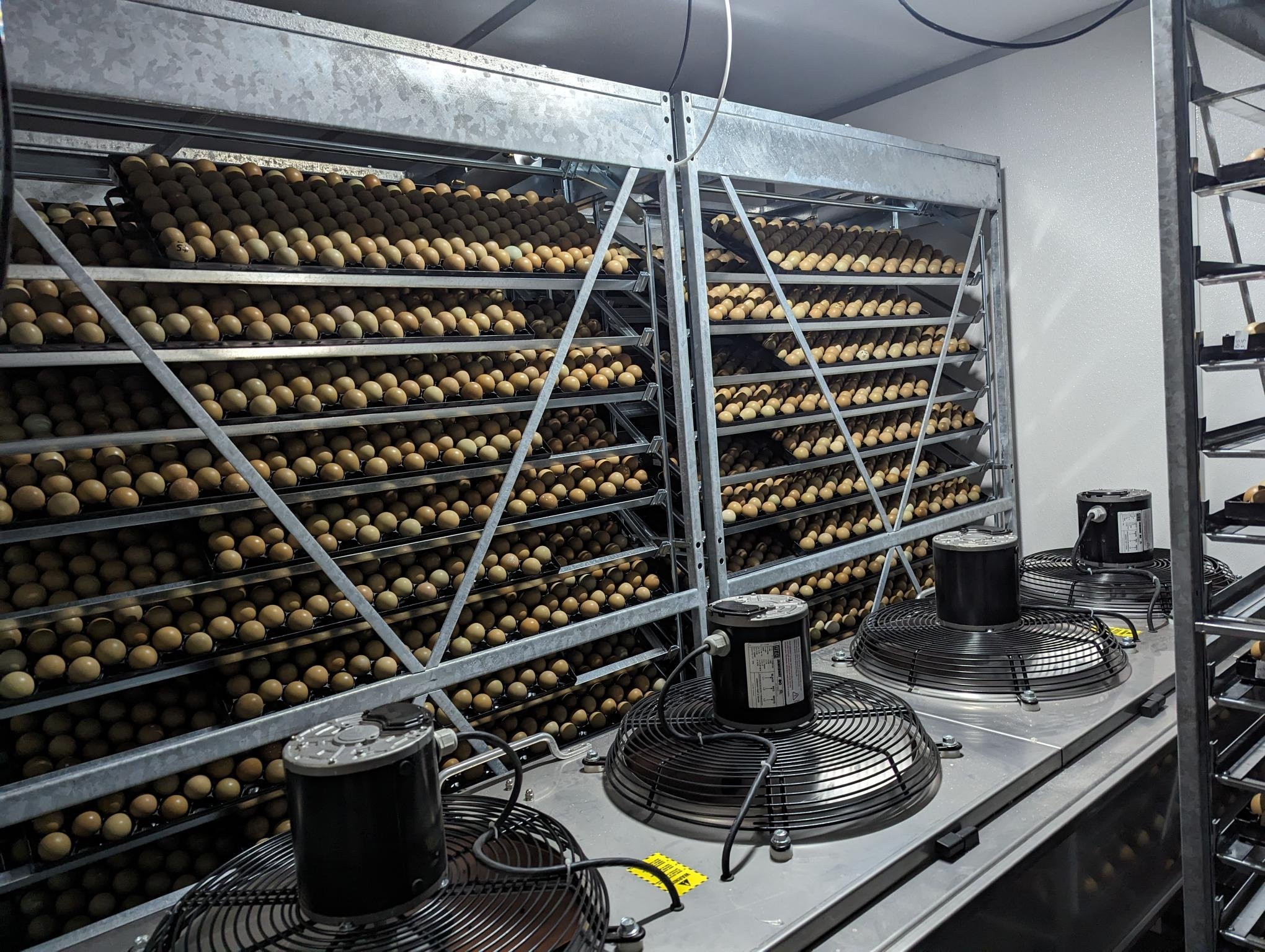
10 Hatching Tips for Incubating Pheasant Eggs Successfully
Read Post

10 Ways To Get the Most Out Of Brooder Barns
Read Post
Take Advantage of These Free Resources
As the biggest game bird farm in the United States, we want to share our experience with you. Download our free resources below and get started.

